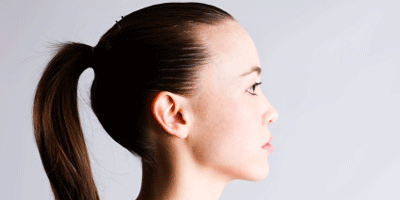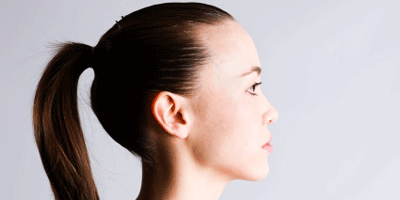Ponytail physics
Ponytailed physics professors may now be able to use their coif as a lecture prop. Researchers have for the first time disentangled the factors that determine how hairs hang together, as reported in Physical Review Letters. The analytical model, which was based on a statistical characterization of ponytail shapes, treats the forces on individual hair fibers as continuous quantities inside a hair bundle. The resulting hair “equation of state” could apply to other fibers in biology and industry.
Many scientists (and even more hairdressers) have wondered about the meanderings of hair. Leonardo da Vinci thought hair flowed like water, and this sort of fluid analogy has guided computer animators trying to recreate hair and fur on the movie screen. However, no model has yet addressed one of the most basic hair problems: what shape is a ponytail?
For their part, Raymond Goldstein of the University of Cambridge, UK, and his colleagues obtained human hair switches (a type of commercially available hairpiece) and measured the random curvature (or curliness) of a sample of individual hairs. They then assembled different ponytails—all about centimeters long—and recorded the average shape. This data helped in the formulation of an equation of state that balanced four competing effects: gravity, tension, an elastic restoring force, and a “swelling pressure” coming from the curliness. The model correctly predicted the shape of ponytails as the lengths of the switches were progressively shortened. The authors believe their surprisingly simple equation of state could be used to study other hair “styles,” as well as dynamic problems like a swinging ponytail. – Michael Schirber





